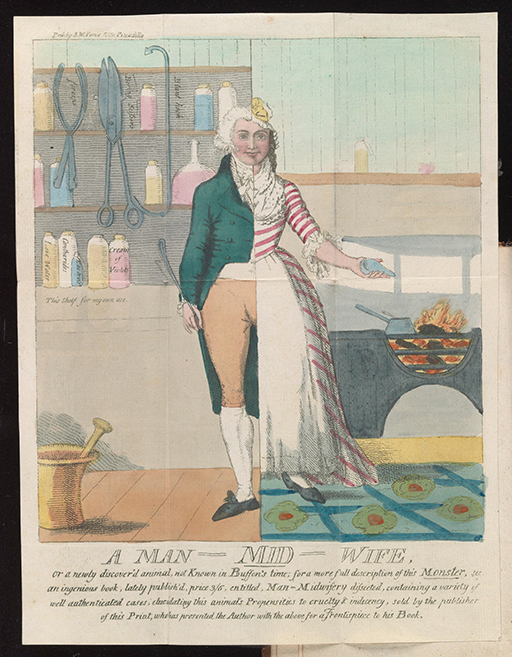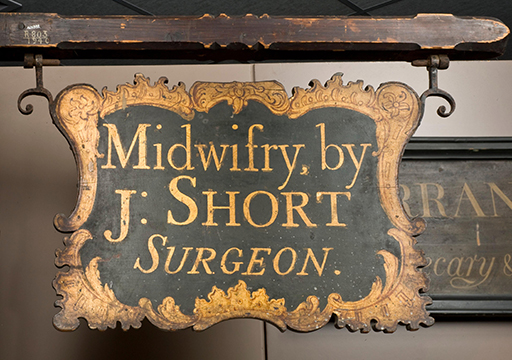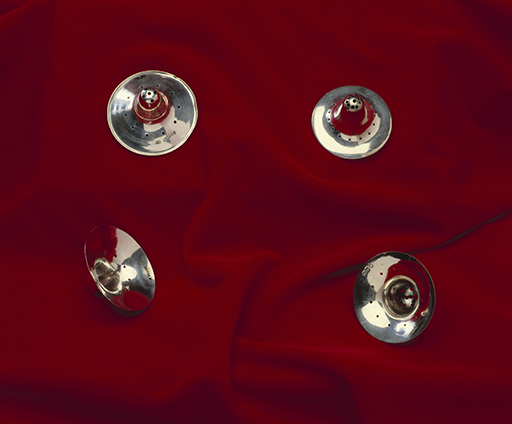2.2 Advice on infant feeding
As bottle feeding was used as an alternative or to supplement the mother’s milk, bottles could contain ‘pap’, a mixture of milk, water and some form of food. Babies were often fed to a recipe passed on by a traditional midwife who cared for both mother and baby. According to the historian Marylynn Salmon breastfeeding problems resulted in ‘severe stress’ in a period and culture where women were expected to be fecund, so early modern ‘women’s collections of medicinal recipes invariably included remedies for increasing inadequate milk supplies as well as recipes for supplementary feedings’ (1994, p. 262). Recipes and ingredients for infant bottles could vary according to class and region; mixtures of milk, water, barley, biscuits, oats and soup-like substances were all used. The advice offered by obstetrician William Smellie in his midwifery manual published in 1752 features typical ingredients:
If the child is brought up by hand, the food ought to imitate, as near as possible the mother’s milk: let it consist of loaf-bread and water, boiled up together… and mixed with the same quantity of new cow’s milk; and sometimes with the broth of fowl or mutton.
Although these were not ideal foods and some were dangerous, many babies were nourished in this manner. The greatest danger came from contaminated water, adulterated ingredients and unclean equipment harbouring bacteria.
In the seventeenth and eighteenth centuries, medical men became increasingly interested and involved in childbirth which had traditionally been a woman’s role. Here you can see this transition of midwifery from a traditional practice involving one gender to a more professionalised, ‘scientific’ and medicalised event involving another gender evidenced in a surgeon’s sign and this cartoon from 1793.

These male doctors were also clear that breastfeeding was best for babies. They regarded breast milk as a form of medicine and blamed mothers who could not feed. The difficulty was what to do in such cases. One 1785 midwifery manual suggested that: ‘If necessity deprive the child of the natural support that ought to be afforded by the mother, a proper nurse must be proposed’ (Aitken, 1785, p. 66).
The issue of feeding was again connected to class, as Charles White wrote in 1773: ‘women of rank and those in the middle stations of life meet with difficulty giving suck to children’ (quoted in Salmon, 1994, p. 258). White believed this was a consequence of their fashionable clothing and advised that ‘hard working labouring women’ in loose clothes made good nurses.
Activity 5
Have a look at these artefacts. Who do you think would have bought these and why?
Tip: Consider the material they are made of.
Discussion
These uncomfortable-looking objects are nipple shields designed to make breastfeeding easier. Nipple shields were breastfeeding aids designed to be worn over the nipple and areola of the breast of a lactating woman to provide a larger surface for the baby to latch on to while permitting the flow of milk and making the mother more comfortable. They are well made with fine metal work and are silver so these are elite objects that would have been expensive. Their existence is proof of the difficulties some wealthy women were having with breastfeeding infants (as we know all women could) and are also evidence of their perseverance and willingness to spend money on trying to resolve feeding problems. We know less about the breastfeeding problems of poor women whose cases went unrecorded by expensive male midwives or doctors.


